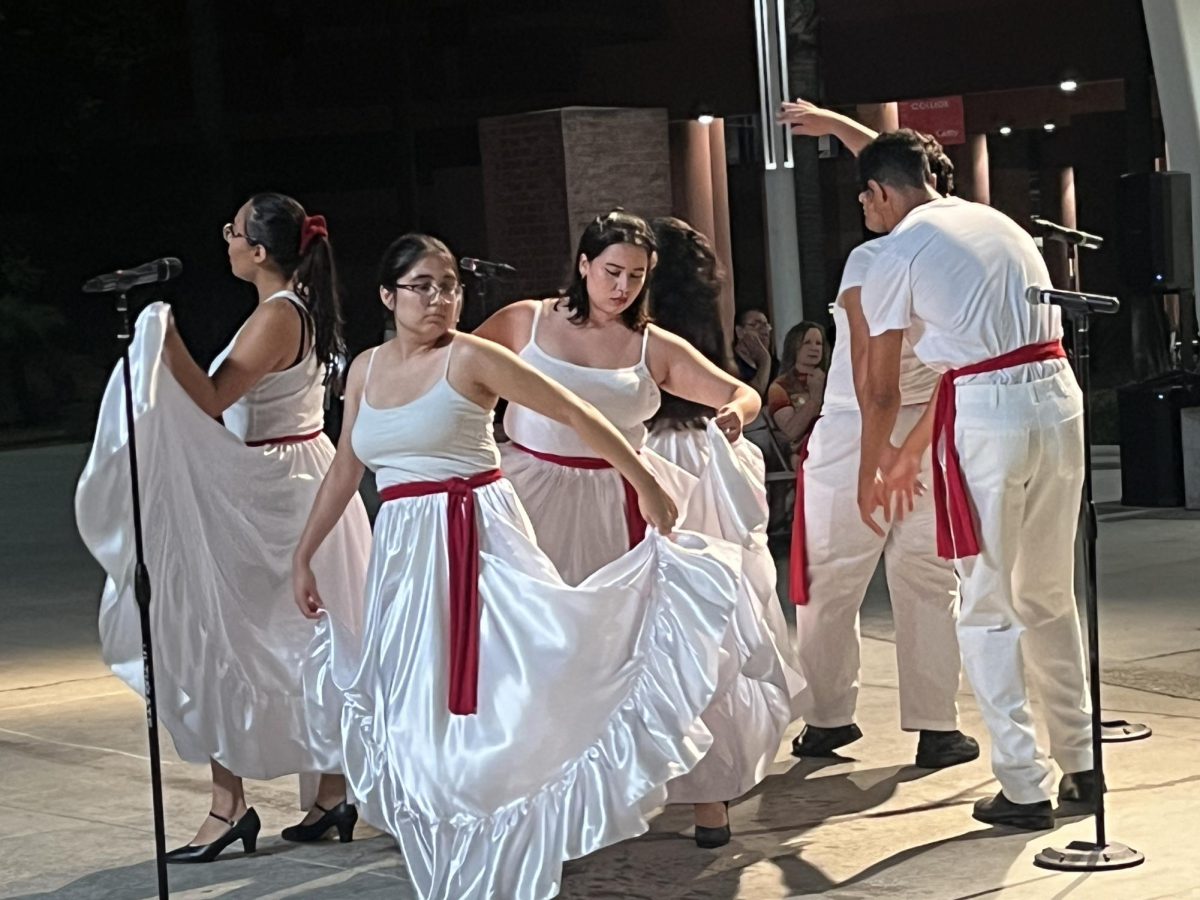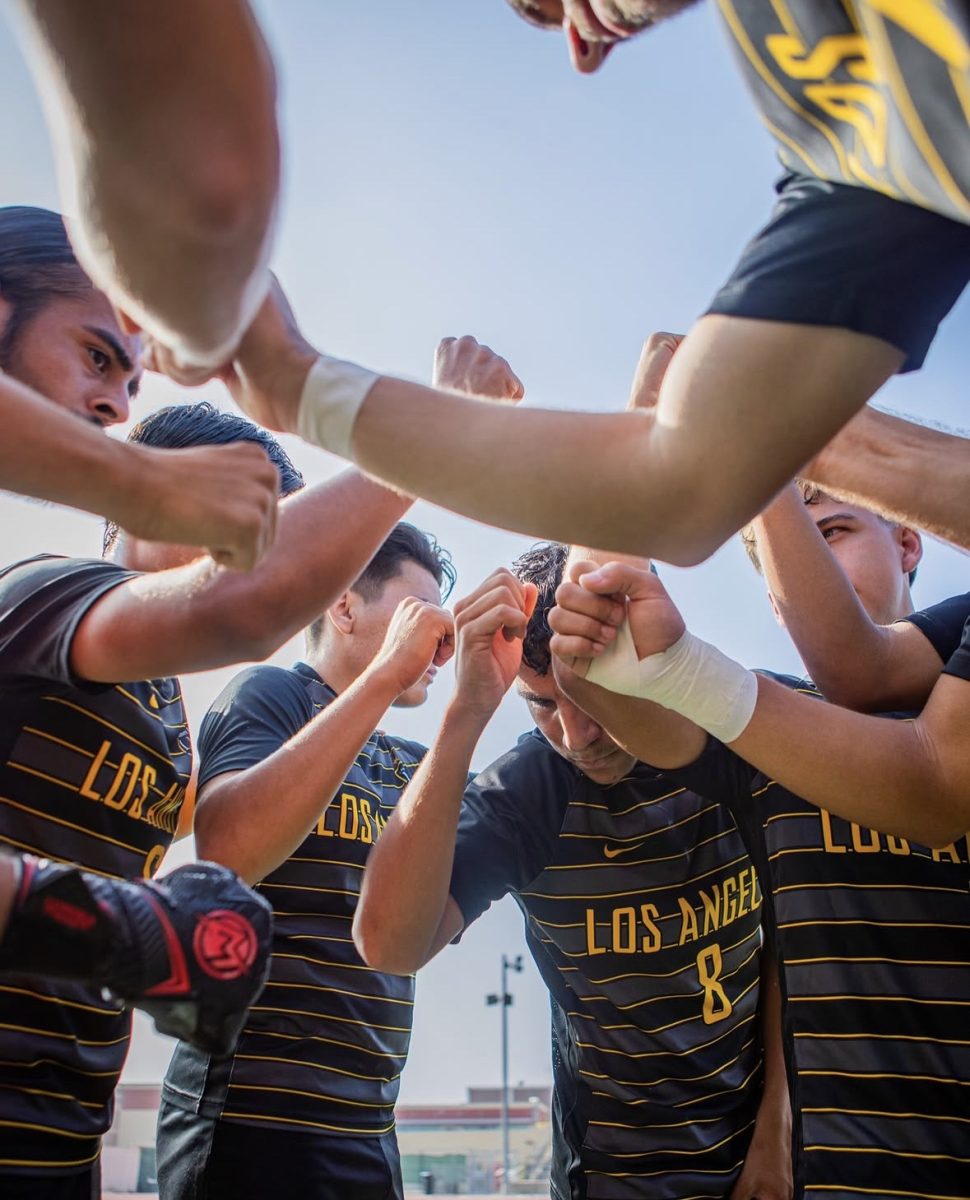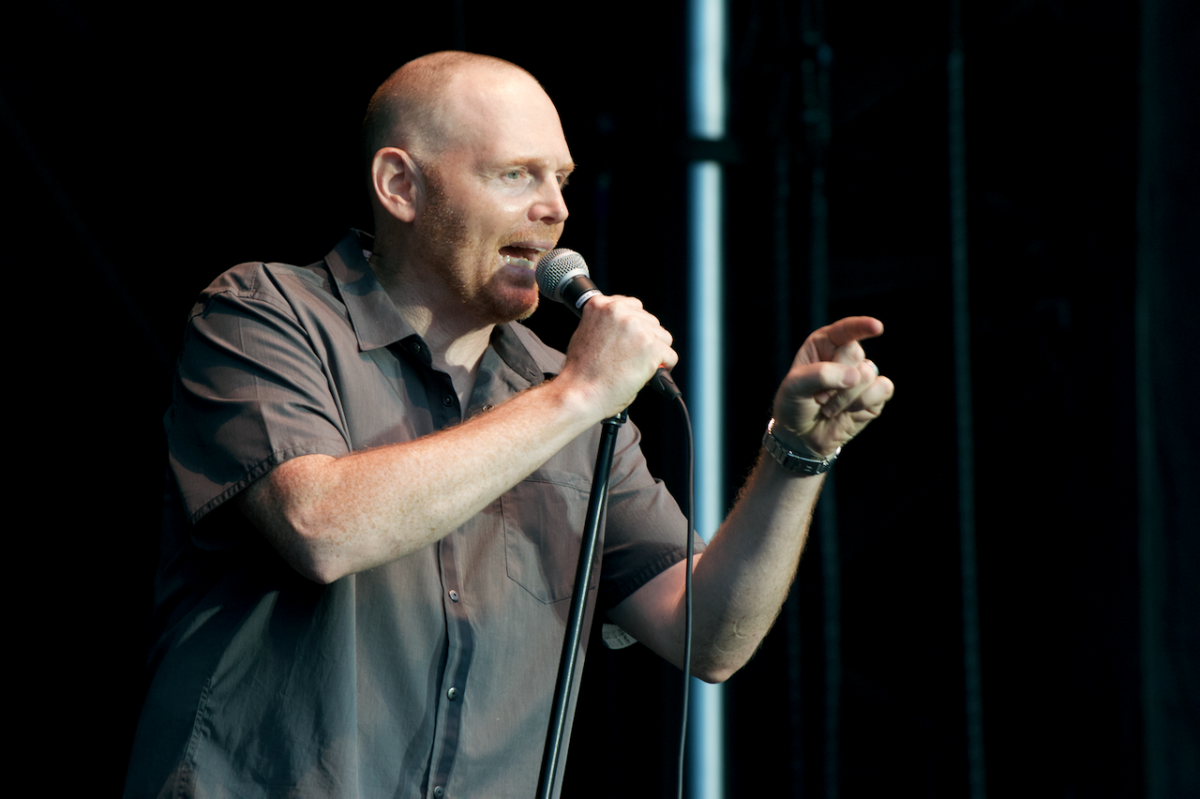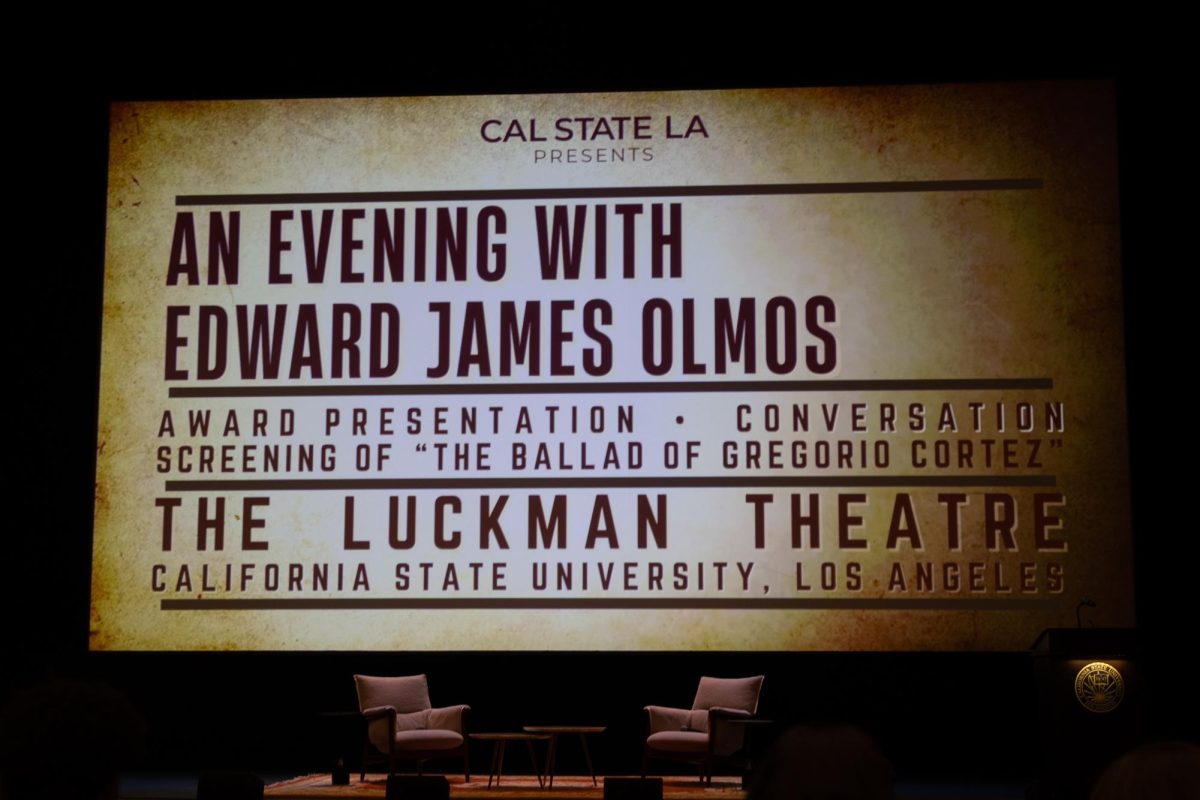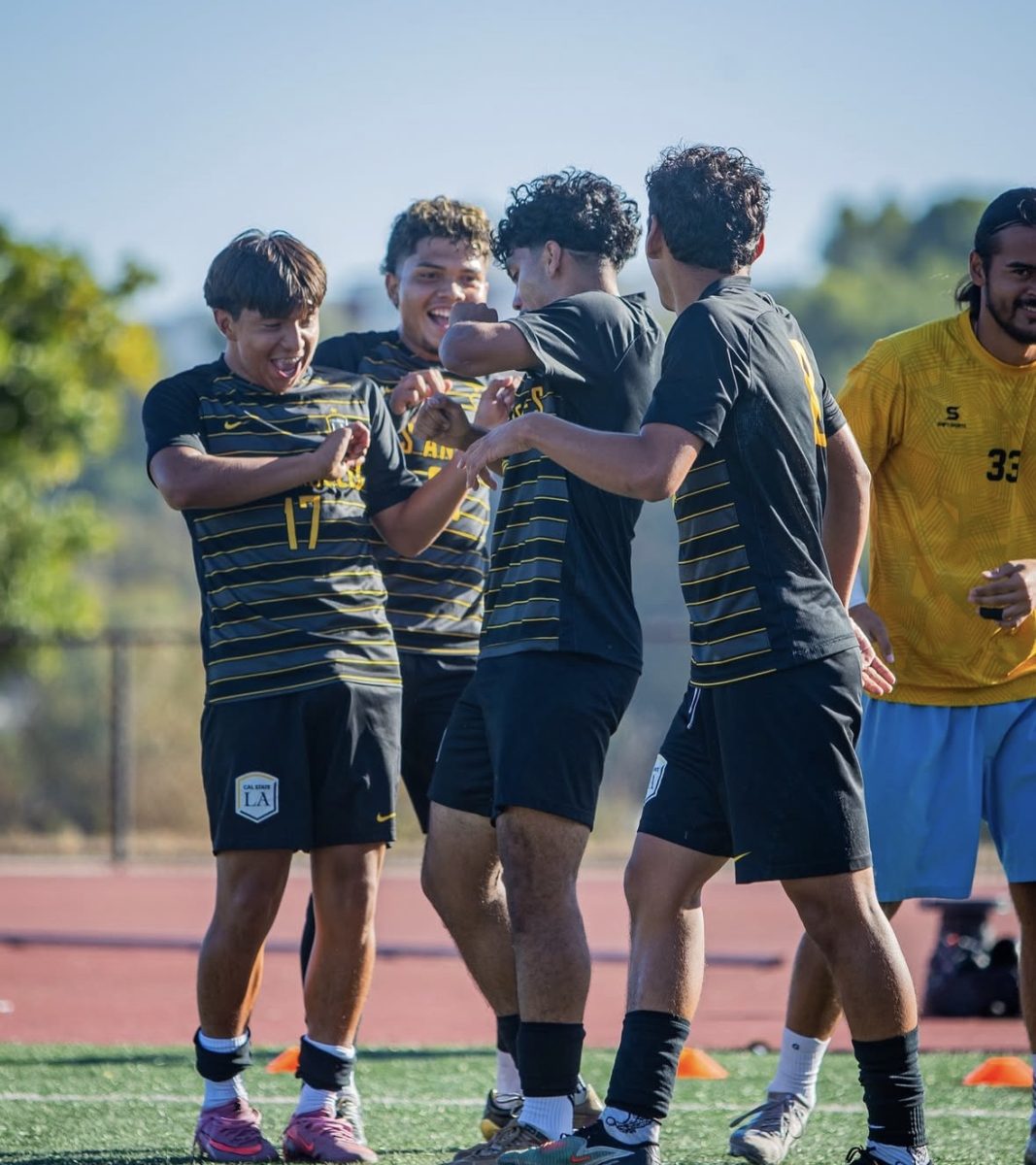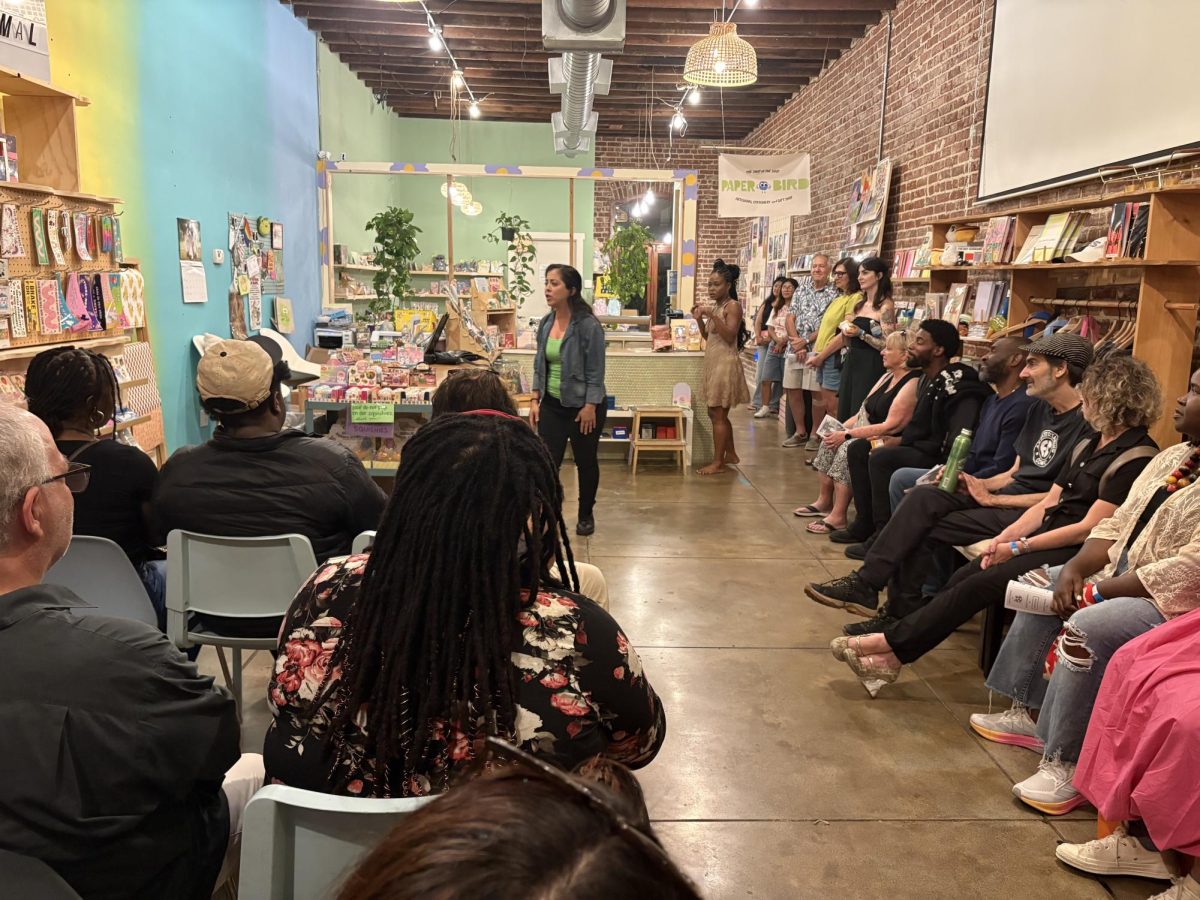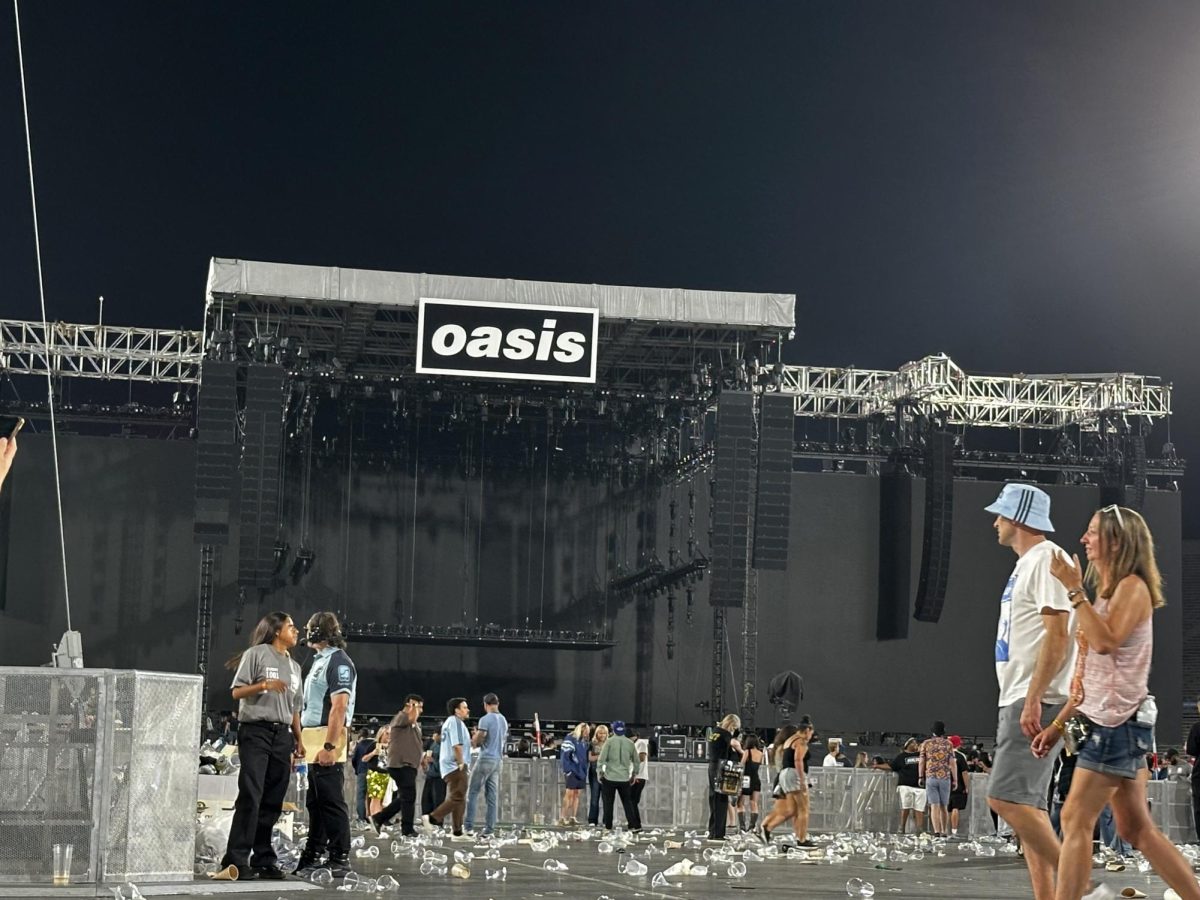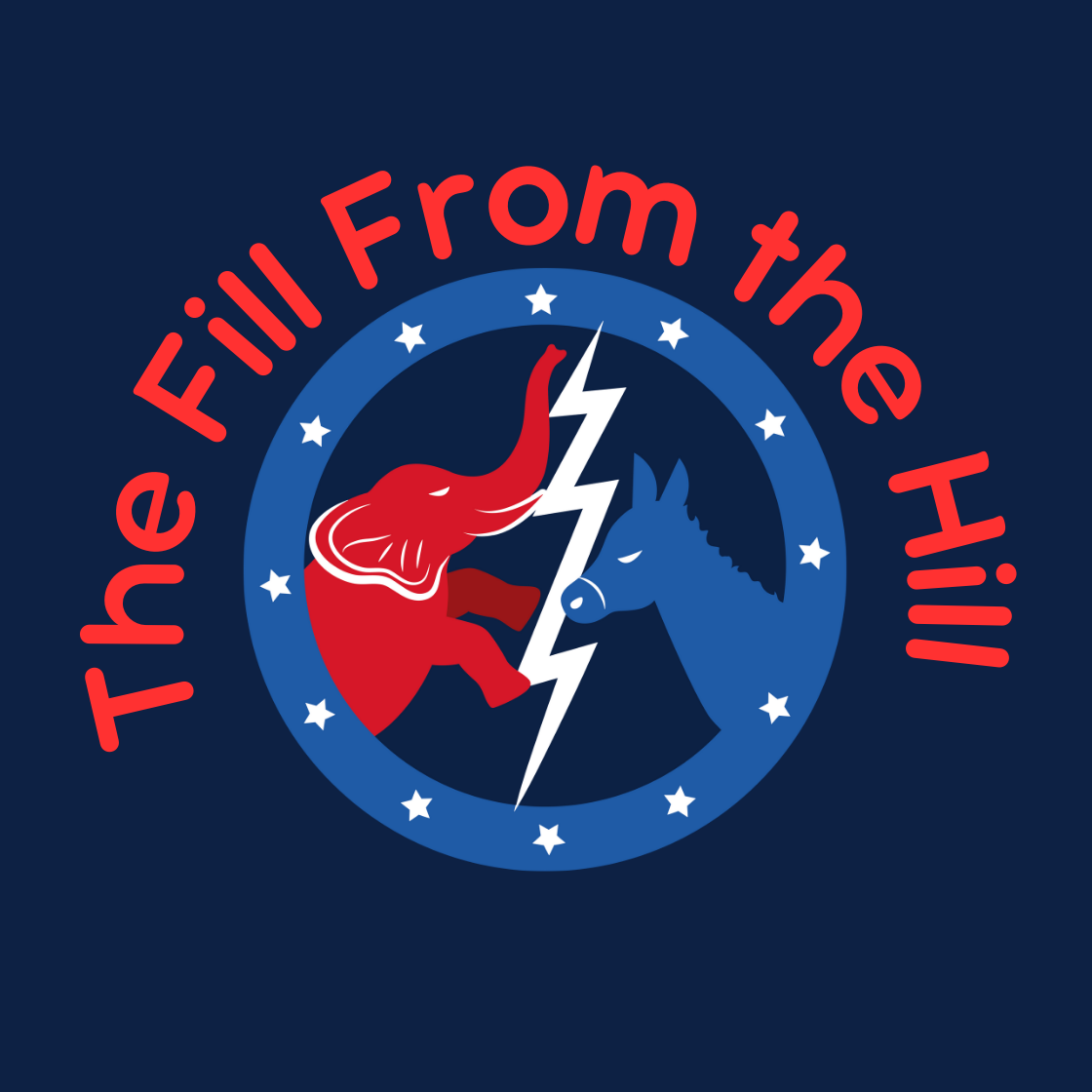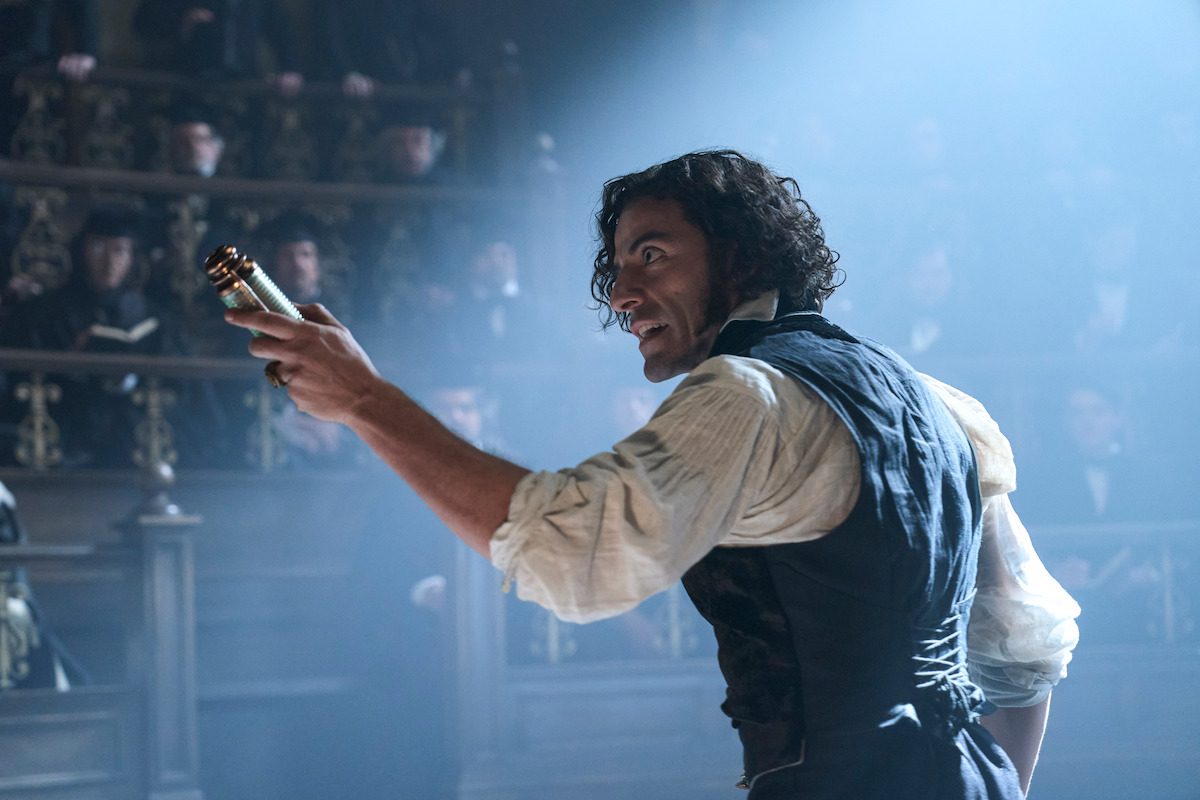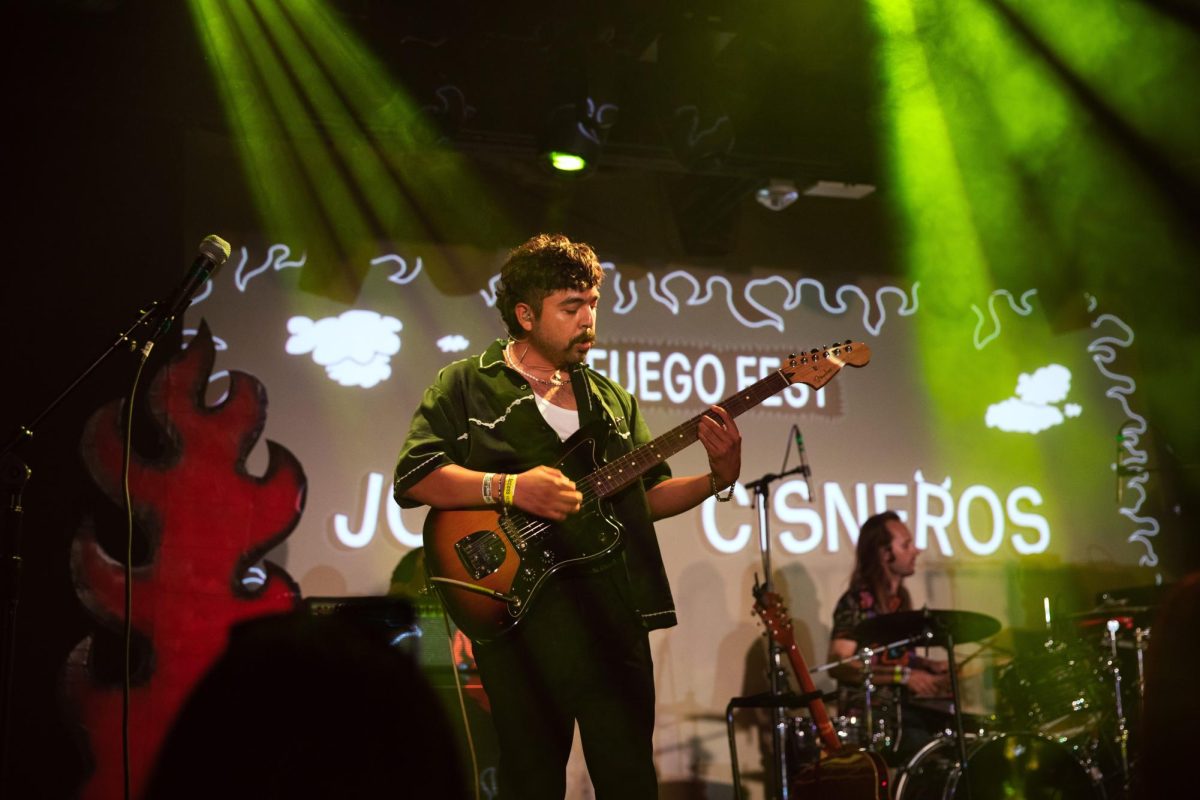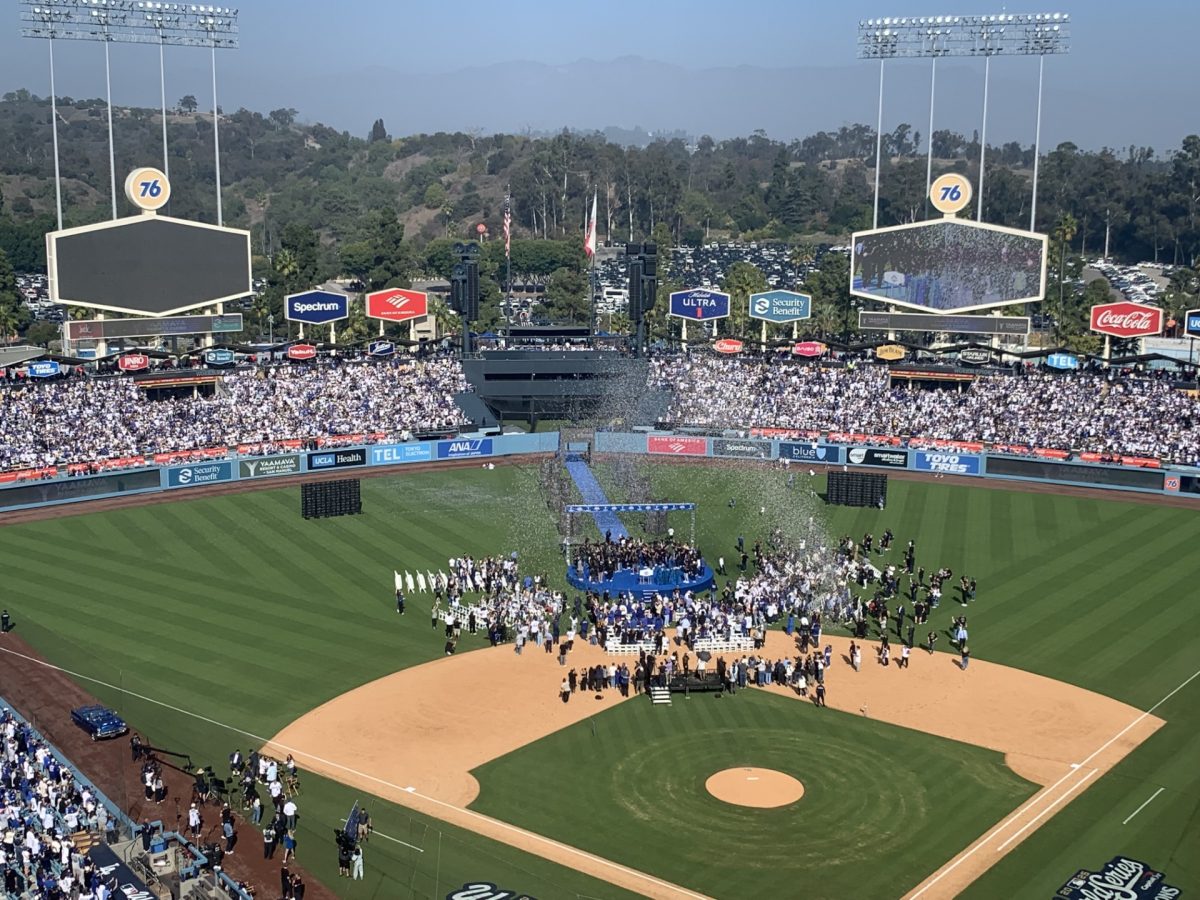The Theater and Dance Department brought a slice of Puerto Rico to Cal State LA last week with back-to-back performances of “¡Celebramos!” on Wednesday, Oct. 2 and Thursday, Oct. 3. The trilingual performance features the work of Puerto Rican poet Luis Palés Matos accompanied by Puerto Rican styles of song and dance.
Matos’ unique style of writing Afro-Antillano poetry, which melds Afro-Caribbean culture with the music of Puerto Rico, was the basis of the performance.
“¡Celebramos!” was created as a way to combat generalizations of Latinx Heritage Month that leads to the erasure of diverse cultures, according to Director and professor Tanya Kane-Parry.
“It’s white supremacy at its core, and even the word Hispanic has so many problems in terms of centering the oppressors,” she said. “The importance for me is that we start celebrating the many different cultures and get away from labeling everyone as one thing.”
Bomba dancing was the main style during the performance, which was developed in Puerto Rico by enslaved Africans. Bomba is very much a group-based dance as the performers form a circle called a batey. Dancers take turns hopping in and out of the circle to join in on the rhythmic conversation with the drums.
The show aimed to highlight the different aspects of Latinidad, or what it means to be Latinx.
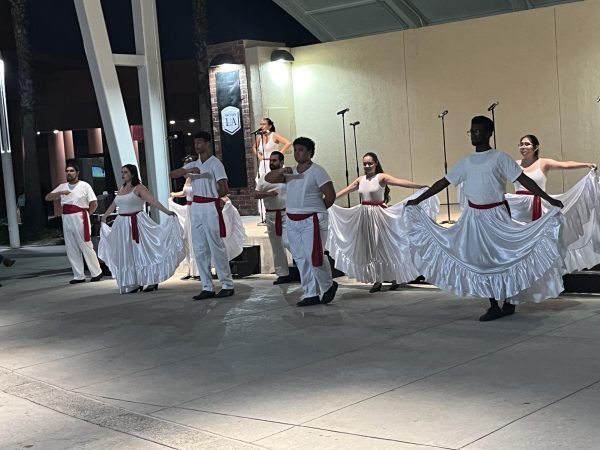
“I think that it’s really important to acknowledge not just Puerto Rican culture, but the importance of Afro Latinidad. That was the whole point to highlight,” performer Monserrat Chiquete said. “A lot of people think that Latino and Black are mutually exclusive, and that’s not the case.”
A lot of historical context was needed for the actors to immerse themselves in their roles. Actors learned about cultural traditions and language that was birthed through the Transatlantic Slave Trade and Spanish colonization, as well as history of the Taíno people.
“We got really deep into it with rehearsals,” performer Teshan Teachy said. “It really helped us to connect and understand our past and where we came from.”
The worlds between the performers and the audience collided when near the end of the final act, the dancers pulled the crowd from their seats to dance alongside them.
“It’s not something that was supposed to be like, ‘oh you’re in the spotlight,’ you’re gonna have fun,” performer Chris Apablaza said, adding that it was a way to celebrate the cultural richness of Puerto Rico through the power of dance with the community.
This article was first published in the October 9 print edition of the University Times.

